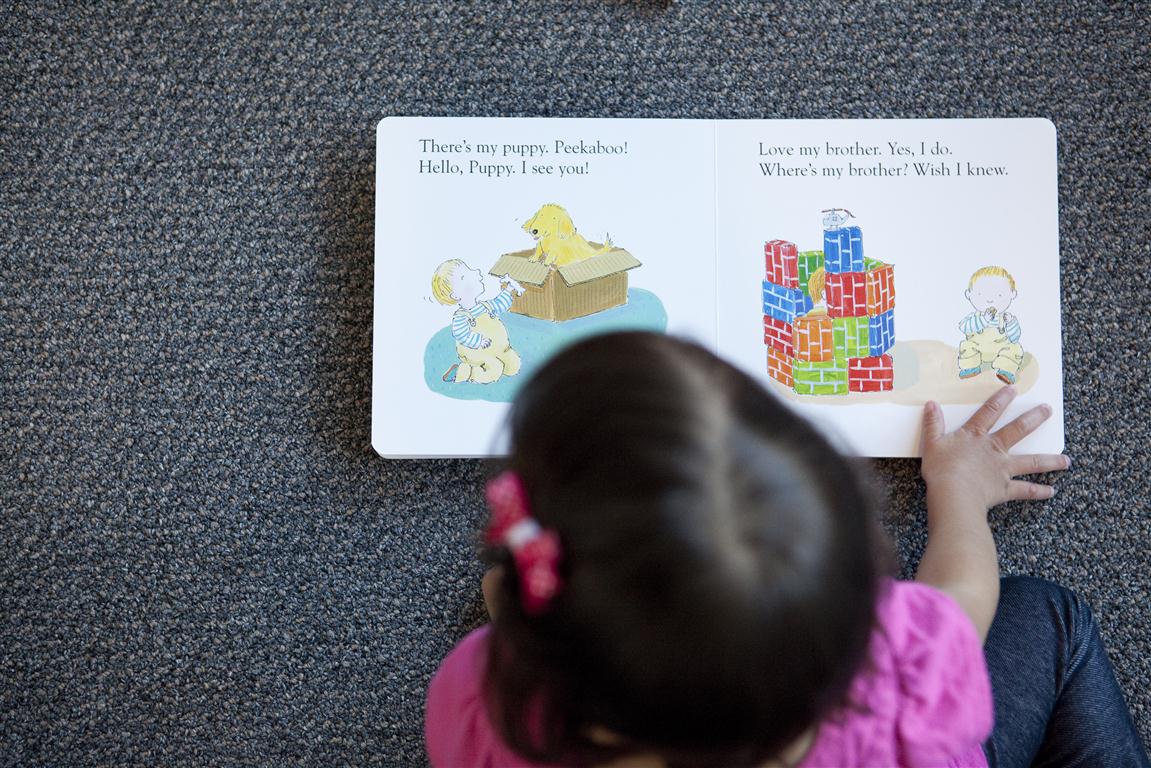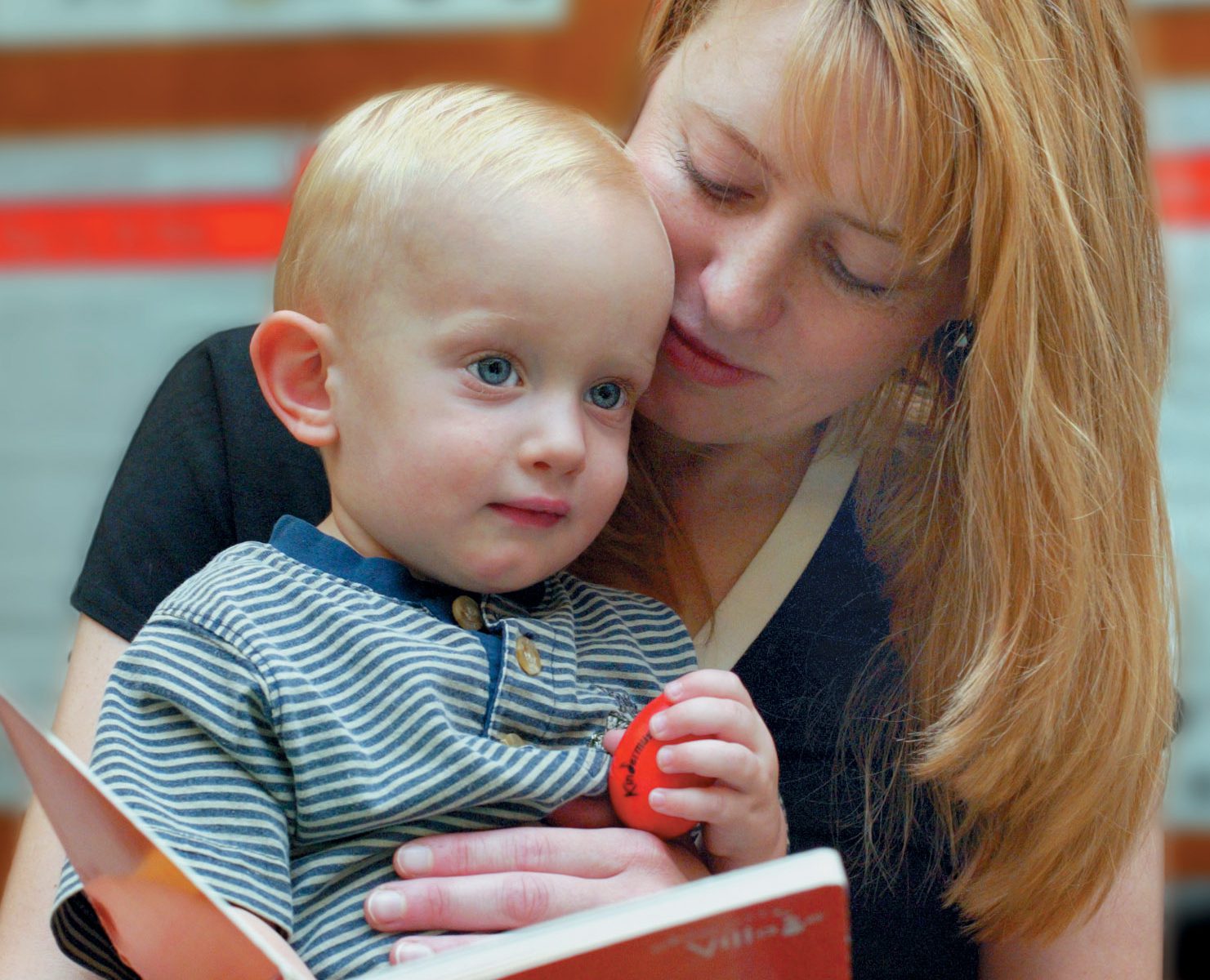 Every parent knows how much children enjoy being read to: the excitement of new books and the comfort of those read over and over. Then there’s also all the great benefits they’re getting.
Every parent knows how much children enjoy being read to: the excitement of new books and the comfort of those read over and over. Then there’s also all the great benefits they’re getting.
Reading to a child aids in language development. As a child hears language spoken to him, he internalizes the sounds, later using them in his own speech. Reading can open up new worlds and expand the mind. It can extend vocabulary and the understanding of things beyond everyday experience. Giving your child the opportunity to become familiar and comfortable with books is an important part of fostering a love of reading.
Reading together:
- -Fosters reading enjoyment.
- -Provides predictability through repetition.
- -Introduces new vocabulary.
- -Expands understanding of story structures.
- -Promotes critical thinking.
- -Encourages language play and creative expression.
- -Provides cognitive stimulation.
- -Builds early interest in literacy.
“Literacy is listening, learning, and quality of life. It is reading, writing, thinking, scribbling, drawing, and being motivated to find meaning. It is interpreting, inventing, associating, communicating, responding, sharing, and being able to set visions into action.” —The Storybook Journey, by S. McCord, p. 125.
There is a strong relationship between reading and music. Reading to children closely approximates the experience of singing or conversation. It provides another way to communicate through rhythm, reciprocity, tone, and language that is, after all, very much like music. That’s why pre-literacy development and exposure to books is an integral piece of each Kindermusik class. Books stir the same responses in young children that music does. Some books are exciting and encourage movement. Some inspire children to be thoughtful. And some books soothe a child to sleep just like a lullaby.
Reading can help toddlers understand and process emotions and can teach healthy social behaviors. For children whose emotions are powerful but whose expressive language is still limited, books provide avenues for understanding the emotions they experience. Through hearing stories, toddlers and preschoolers can make sense of their own feelings.
Story Time:
- -Exposes children to new words and new ways to communicate.
- -Motivates children to think about things in different ways and even see things from another’s perspective.
- -Provides opportunity for children to interact with each other.
- -Can present positive social models and examples.
- -When shared in the lap of a loving grownup can provide calm, relaxation, and promote bonding.
Reading together at home is so important. Kindermusik includes literature as another medium for communication between parents and children. During Story Time in our toddler and preschool classes (and even sometimes in the baby classes), watch as your teacher engages the children. Gather ideas to use to bring books alive for your child at home. Support and nurture literacy development during read-aloud experiences by building on your child’s comments about the text, posing challenging questions, suggesting alternative interpretations, encouraging personal reactions, drawing attention to letters, words, and illustrations, and engaging in discussions about the text.
At Home:
- -Set aside a specific time to read with your child each day. This ritual will not only be soothing to your child but also to you.
- -Visit your public library. Ask the children’s librarian what books she recommends for your child’s age, or look at some of the suggestions on our blog or in your Home Activity Guide.
- -Look at your Kindermusik books with your child while listening to the read-aloud that is often included on the Home CD.
- -Make reading interactive. Ask your child questions about the story and the pictures.
“The most important thing you can do to make your child a reader is to read aloud stories and poems—the more the better!” —Read to Me: Raising Kids Who Love to Read, by Bernice E. Cullinan.
Special thanks to Kindermusik educator Joy Granade for sharing this post from her blog, Kindermusik with Joy. Information about Joy’s Kindermusik program in Kansas City, MO, can be found at her blog.





